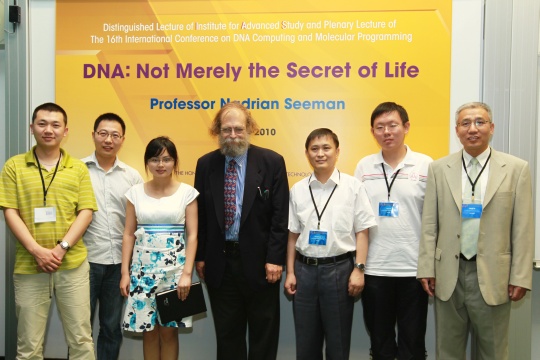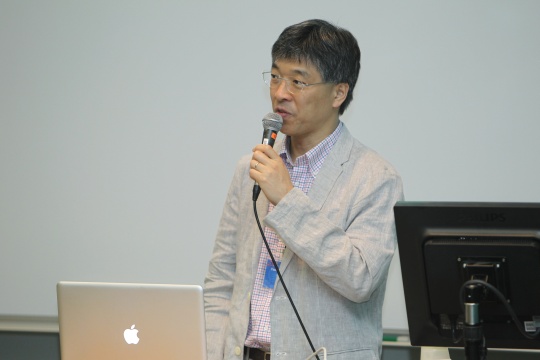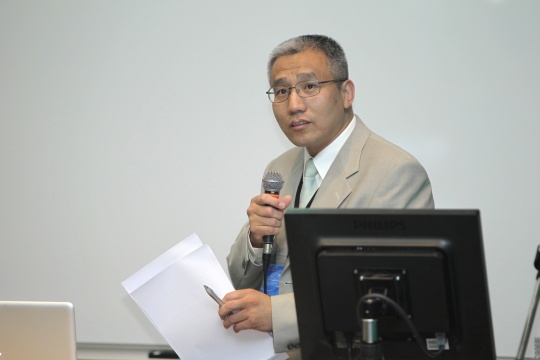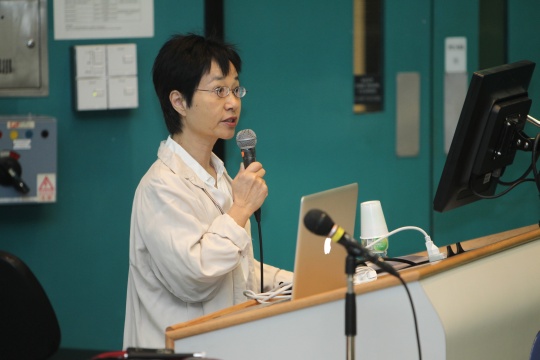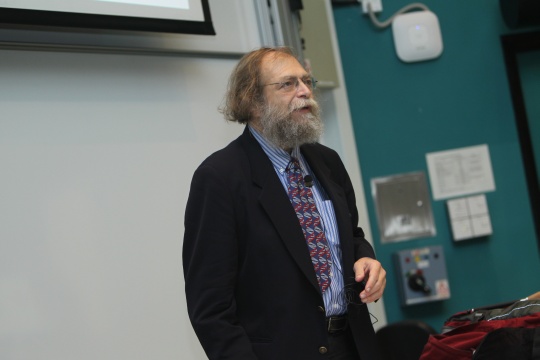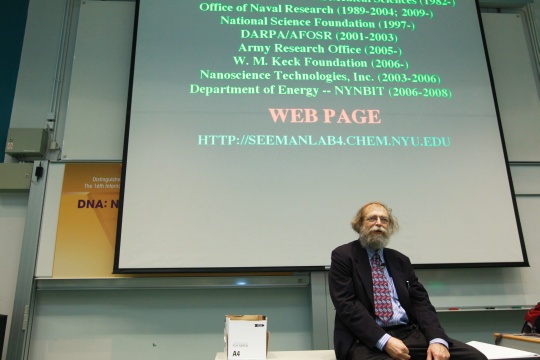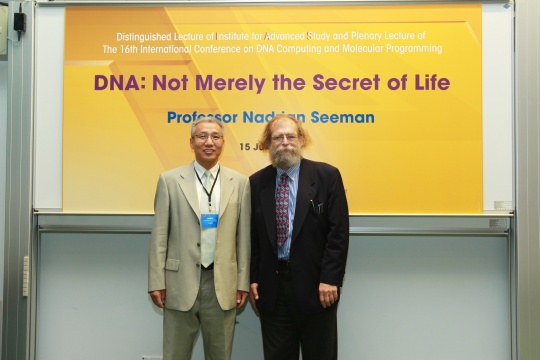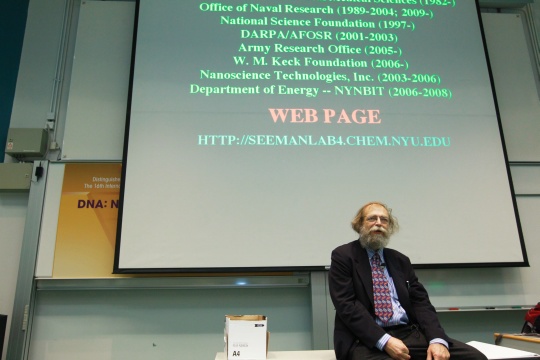DNA: Not Merely the Secret of Life
Abstract
DNA is well-known as the genetic material of living organisms. Its most prominent feature is that it contains information that enables it to replicate itself. This information is contained in the well-known Watson-Crick base pairing interactions, adenine with thymine and guanine with cytosine. To produce species more diverse than the DNA double helix, we use reciprocal exchange, which leads to branched molecules. The topologies and some 3D structures of these species are readily programmed through sequence design. Branched species can be connected to one another using cohesion by molecules tailed in sticky ends. Sticky-ended cohesion is used to produce N-connected objects and lattices, as well as nanomechanical devices. We have used this system to self-assemble macroscopic 3D crystals whose structures have been determined by X-ray crystallography. We have also combined 2-state nanomechanical DNA devices with a DNA walker on a DNA origami surface to produce a programmable DNA assembly line.
About the speaker
Prof. Nadrian C. Seeman received his PhD in Crystallography/Biochemistry from University of Pittsburgh in 1970. He was on the teaching staff at the State University of New York, Albany from 1977 to 1988. Then he moved on to New York University to take up a professorship position and has been Margaret and Herman Sokol Professor of Chemistry of NYU since 2001. He has published close to 250 articles and owns 10 patents. Prof Seeman's laboratory is investigating unusual DNA molecules in model systems that use synthetic molecules. A major effort in his laboratory is devoted to DNA Nanotechnology."
Note: This lecture is a plenary lecture of the 16th International Conference on DNA Computing and Molecular Programming.

